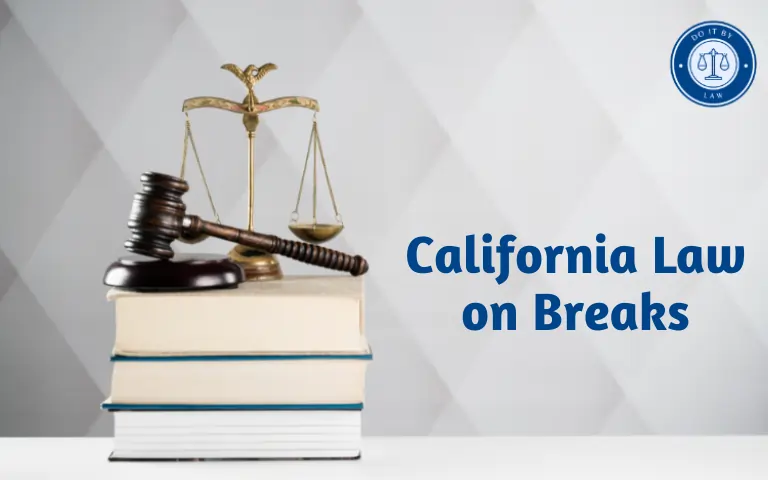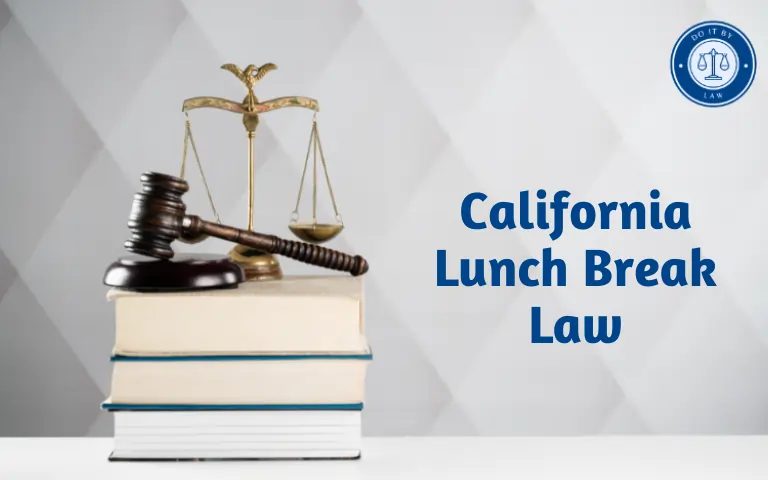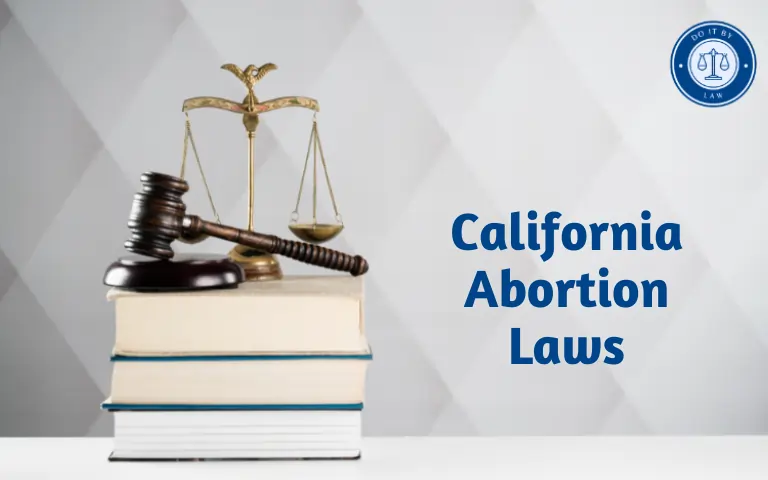California Law on Breaks: What You Need to Know
California Law on Breaks regulating job-required rest and meal breaks for employees. Failure to provide these mandatory breaks subjects employers to legal liability including wage penalties, citations, and lawsuits. Understanding the detailed requirements on timing, length, waivers, exemptions, and related issues is essential for companies to comply with and protect worker rights.
When Were These Laws Enacted and Why?
California State first passed laws on work breaks in the early 1900s to address unsafe, exploitative working conditions during the rapid industrialization era. As the 20th century progressed, the state legislature continuously updated and strengthened break requirements to support emerging union demands, limit employee fatigue, and require breaks as a basic labor right.
Key regulations were enacted in the 2000s under Governor Jerry Brown to crack down on break violation epidemics. Studies found that skipped breaks produced injuries, stress, poor morale, and health issues while depriving workers of full wages earned. Break laws aim to prevent workplace abuses, promote productivity, and ensure California’s diverse workforce can support families with fair pay and humane conditions.
Who Do California Law on Breaks Apply To?
Break rules generally cover all nonexempt employees working in California regardless of immigration status. Exempt employees include most professionals, outside salespeople, and some highly paid administrative roles. Union workers may also negotiate alternative rules through collective bargaining. Otherwise, laws provide minimum guarantees for sectors like agriculture, retail, food service, manufacturing, childcare, and more.
Key Provisions of Meal and Rest Break Laws
- 10-minute rest break for every 4 hours worked or a major fraction thereof.
- Uninterrupted 30-minute lunch break if working over 5 hours. 60 minutes for 10+ hour shifts.
- First meal break no later than before 5th hour. Second meal break before 10th hour if working that long.
- Breaks should fall roughly in the middle of work periods. Not bunched up.
- Employers must provide suitable break areas away from workstations.
- Workers must be fully relieved of all duties during breaks.
- Waivers only allowed in certain union situations. Otherwise strict liability for violations.
Penalties for Failing to Provide Proper Breaks
Missed or non-compliant breaks incur:
- One hour of extra wage pay per violation per worker as a penalty.
- Labor agency citations up to $25,000 for willful or repeated violations.
- Lawsuits by workers, prosecutors, and California’s Labor Commission for substantial back pay and damages.
California Law on Breaks Recent and Proposed Changes
- 2021: New rules enacted requiring detailed pay stub breakdown of hourly wages, breaks, overtime, etc.
- 2022: Legislators proposed bills banning certain on-call break periods.
- 2023: Expected renewed efforts to tighten scheduling requirements and increase penalties.
California Law on Breaks Controversies and Debates
California’s stringent break laws spur ongoing disputes such as:
- Employers arguing rules are burdensome, open to abuse by workers, and difficult to administer.
- Workers’ advocates saying more industries should be covered and penalties strengthened.
- Debates over rights to waive or reschedule breaks balancing productivity needs against potential coercion.
- How to address growing issues around meal break timing exemptions.
Conclusion
Providing lawful rest and meal breaks remains a fundamental workplace obligation for California employers to support. Staying updated on evolving break requirements and nuances is essential to avoid substantial financial liabilities through wage penalties, lawsuits and regulatory actions. Workers performing vital services across many sectors also rely on these essential protections.






